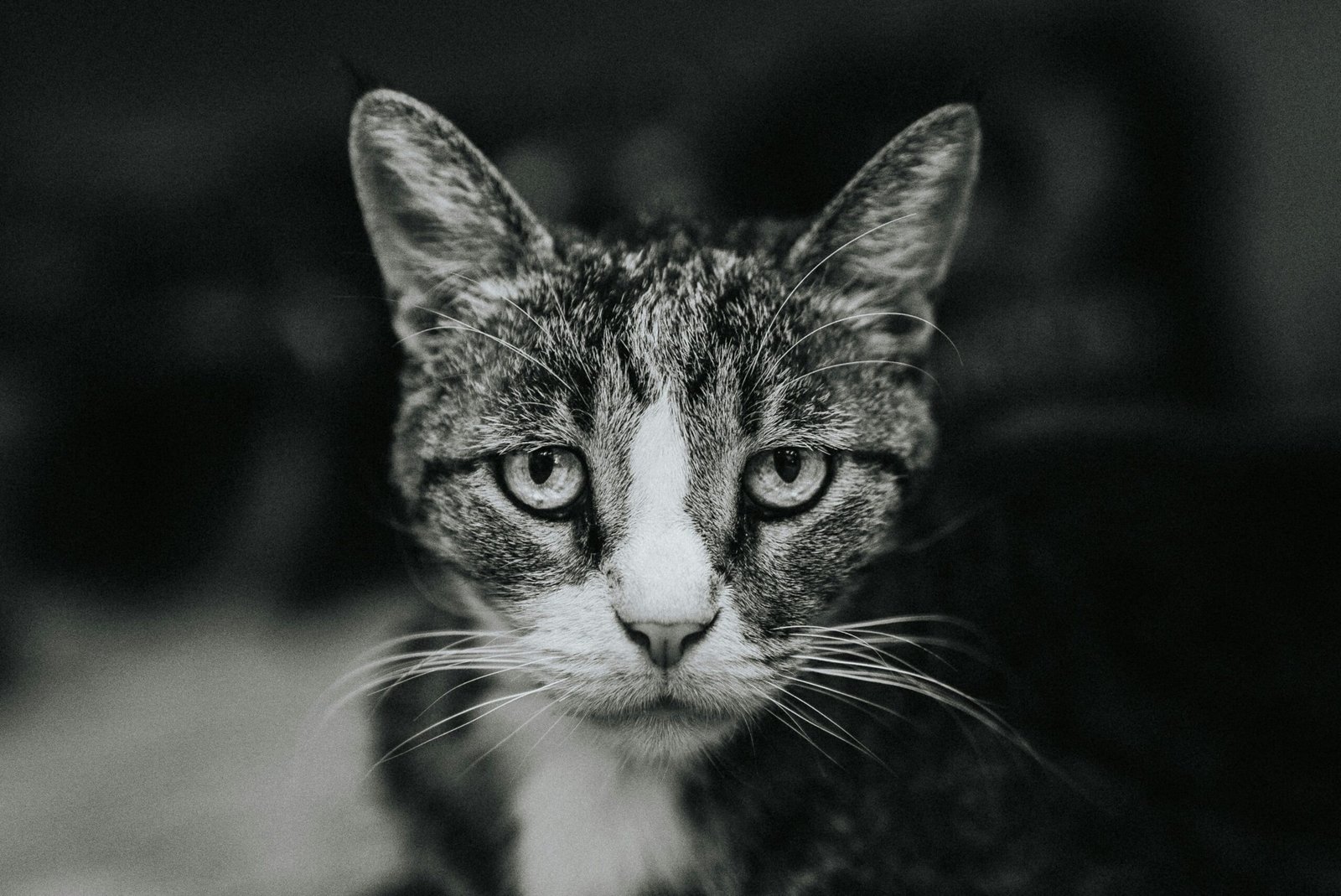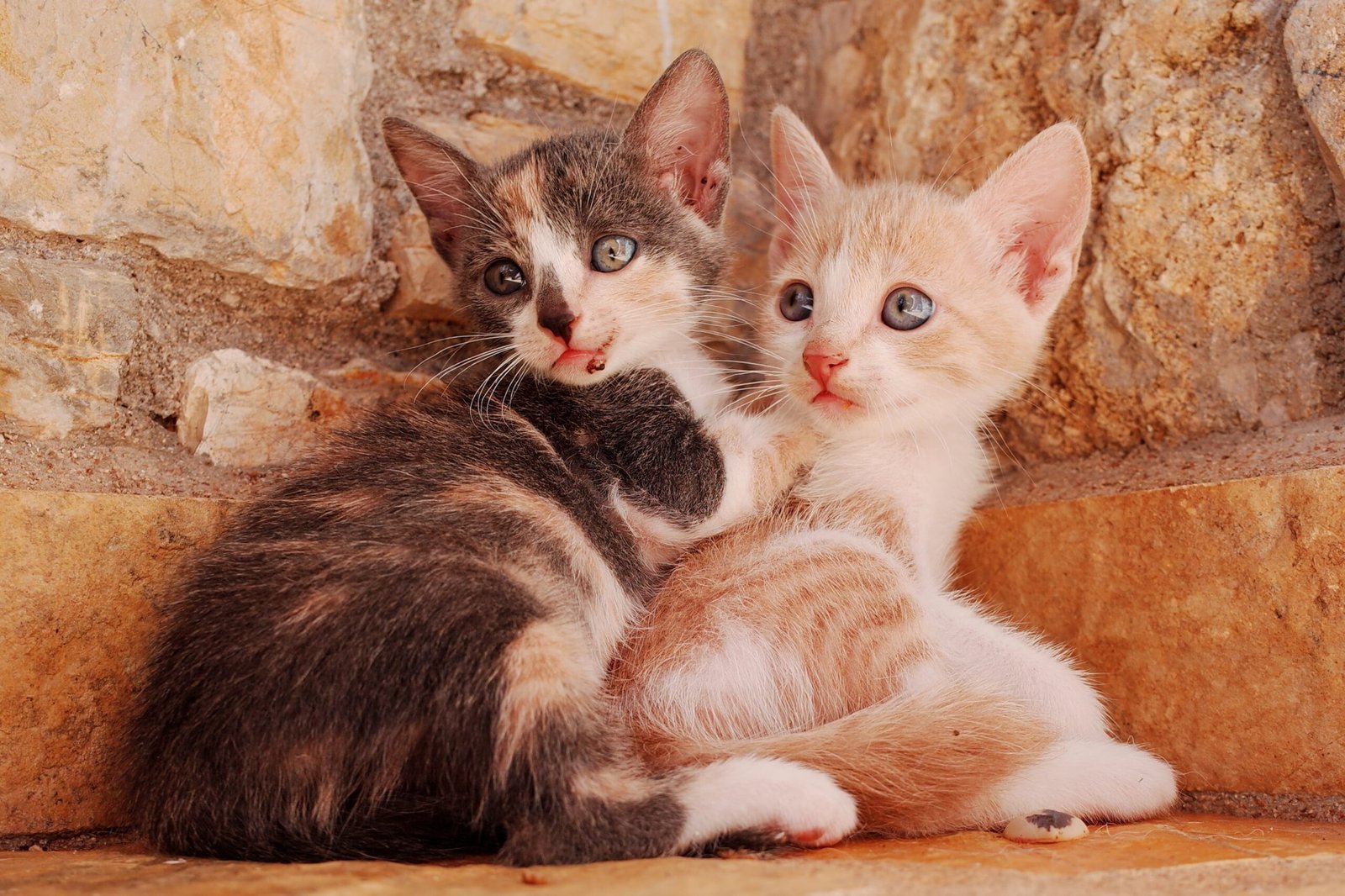Cats can be mysterious creatures, especially when it comes to their purring behavior. This distinctive sound, akin to a rhythmic hum, has sparked curiosity among cat owners and animal enthusiasts alike. What is even more intriguing is why cats choose to purr specifically when they are being stroked. Is it an expression of satisfaction or is there more to it than meets the eye?
Introduction
Cats are known for their enigmatic nature, and their purring behavior is no exception. This rhythmic hum has captivated the interest of cat owners and animal enthusiasts around the world. While the exact reasons behind why cats purr when they are stroked remain a topic of fascination, there are several theories that shed light on this intriguing behavior.
Understanding the Nature of Cat Purring
Purring is a unique vocal feature that is predominantly associated with cats. It is characterized by a rhythmic, vibratory sound that cats produce at varying frequencies. Although commonly associated with contentment, purring can also be a response to various circumstances.
One theory suggests that cats purr as a form of communication with humans, indicating their need for attention or affection. By purring, cats are essentially conveying their desire for interaction. Additionally, purring can serve as a self-soothing mechanism for cats, helping them to reduce stress and promote relaxation. It is believed that the vibrations produced during purring have a calming effect on the cat’s nervous system, allowing them to unwind and feel at ease.
Moreover, purring is thought to have healing properties. Studies have found a correlation between purring and the release of endorphins, which are natural painkillers produced by the body. This suggests that purring may aid in pain relief and contribute to faster recovery from injuries. Furthermore, when cats are content and happy with their human companions, purring becomes a clear sign of their satisfaction and overall well-being.
The Science Behind Cat Purring
Purring is not merely a simple vocalization; it is a complex physiological process that involves the rapid contraction and relaxation of the laryngeal muscles, resulting in the creation of the purring sound. This mechanism is intricately tied to the cat’s nervous system and can be triggered by various stimuli.
Research has shown that purring is associated with the release of endorphins, which act as natural pain relievers in the body. This suggests that the act of purring may have evolved as a means for cats to alleviate discomfort or pain. Additionally, studies have explored the relationship between purring and vibration frequency. It has been proposed that the vibrations produced during purring could have a therapeutic effect, promoting healing and aiding in tissue regeneration.
Furthermore, purring has been observed in cats when they are injured or unwell, leading to the hypothesis that purring may serve as a self-healing mechanism. By purring, cats may be able to stimulate the body’s natural healing processes, helping them recover from illness or injury more quickly.
Purring and Social Interaction
Cats are inherently social animals, and purring plays a crucial role in their social interactions. When cats are being stroked or petted, the physical affection stimulates the purring response, creating a positive feedback loop that strengthens the bond between cat and human.
The purring that occurs during stroking is distinct from other social interactions. It serves as a unique form of communication that reinforces the positive association between the cat and its human companion. This mutual exchange of affection and comfort helps to establish a strong, loving bond between the two.
The Importance of Understanding Your Cat’s Purring
Understanding the different types of purrs and their meanings can significantly enhance your relationship with your cat. A contentment purr, often observed when the cat is relaxed and comfortable, indicates their satisfaction and contentment. On the other hand, a solicitation purr is a more urgent sound that cats make when they want something from their owners. An anxiety purr is a clear indication that the cat is distressed or uncomfortable.
By recognizing these purring cues, you can gain valuable insight into your cat’s needs and emotions, leading to a more harmonious relationship. It allows you to provide the appropriate care and attention required to ensure your cat’s well-being and happiness.
Practical Tips for Encouraging Purring
Creating a peaceful and comfortable environment is essential for encouraging your cat’s purring behavior. It is important to identify your cat’s preferences when it comes to stroking and petting, as each cat may have different likes and dislikes. Some cats may prefer gentle strokes along their back, while others may enjoy being scratched behind the ears. Pay attention to your cat’s body language and response to different types of touch to determine what makes them purr with delight.
Positive reinforcement can also play a crucial role in encouraging purring. By rewarding your cat with treats or praise when it purrs, you reinforce the behavior and create a positive association. This encourages your cat to continue purring in response to affection and strengthens the bond between you and your furry companion.
Conclusion
In conclusion, cats purr when being stroked for a variety of reasons, including communication, self-soothing, healing, and expressing contentment. Understanding these reasons and the science behind purring can greatly enhance your relationship with your feline friend. Each purr is a unique expression of your cat’s emotions and needs, making it an essential aspect of the human-cat relationship. By paying attention to your cat’s purring cues and providing the right care and affection, you can foster a deep and meaningful connection with your beloved pet.











